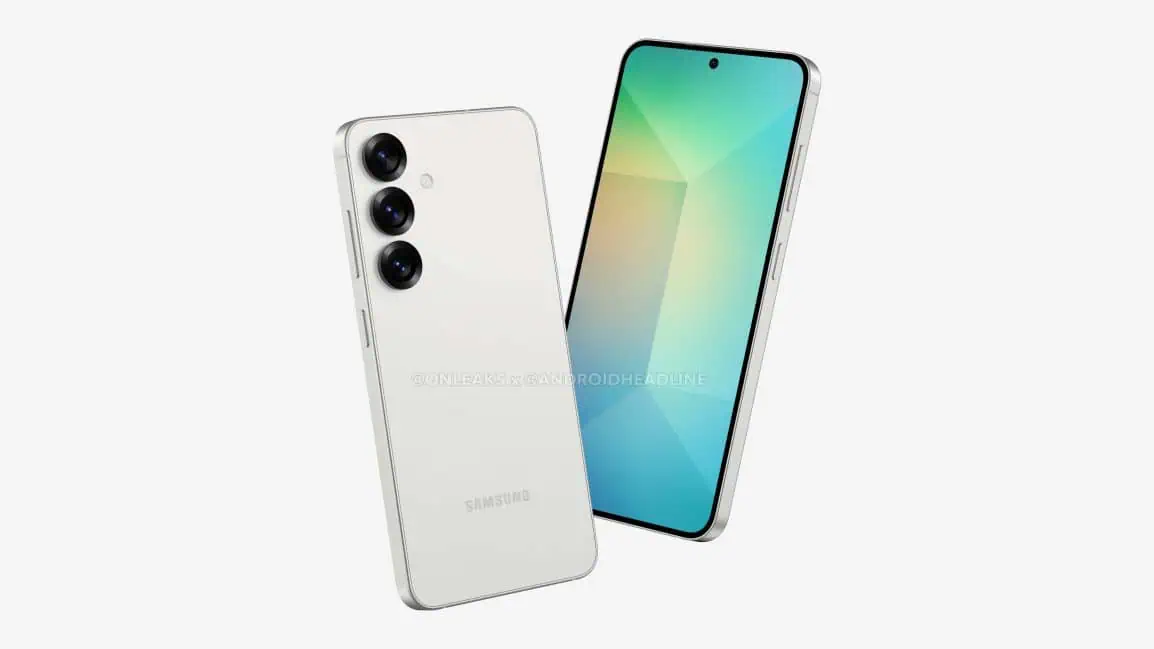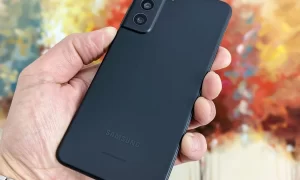Samsung’s Galaxy Z Fold series has long been a benchmark for foldable smartphones. As a loyal fan since the first iteration, I’ve always admired its innovative features, such as the large foldable display, S Pen support, and steadily improving durability. However, some shortcomings, particularly with the cover display and camera, have kept it from reaching its full potential.
Now, with the introduction of the Galaxy Z Fold Special Edition (SE), Samsung has sparked a debate that questions its approach to innovation and consumer value. Simultaneously, Samsung is gearing up for the Galaxy S25, promising exciting advancements for its flagship lineup. Here’s a breakdown of these developments.
Galaxy Z Fold SE: Outshining the Fold 6?
The Galaxy Z Fold SE has redefined expectations for foldable phones. It introduces a wider cover display and a 200-megapixel main camera, starkly contrasting the 50-megapixel sensor in the Galaxy Z Fold 6. The SE also features refined aesthetics, a more premium in-hand feel, and a nearly invisible display crease—all elements that elevate it as a true flagship.
What Makes the SE Stand Out?
- Wider Cover Display: A broader aspect ratio enhances usability, especially compared to the Fold 6’s narrower cover screen.
- Camera Upgrades: The SE’s 200MP camera provides a level of detail and clarity that makes the Fold 6’s 50MP camera feel outdated.
- Premium Build Quality: Improved fit and finish add a luxurious feel that surpasses previous Fold models.
Missed Opportunity with the Fold 6
Samsung’s decision to release the Fold SE shortly after the Fold 6 raises eyebrows. By limiting the SE’s availability to South Korea and China, it’s clear Samsung aims to avoid backlash from global Fold 6 customers. Many feel this strategy undermines the Fold 6, as the SE showcases features Samsung could have easily included in its main lineup.
One could argue that the Fold 6 feels like it was built from “spare parts” compared to the SE. The Fold SE demonstrates what the lineup is capable of, leaving many questioning why Samsung didn’t offer these advancements universally.
Samsung Galaxy S25: A Glimpse into the Future
Set to launch in early 2025, the Galaxy S25 brings a host of improvements aimed at redefining the flagship experience. While official details remain limited, leaks and rumors paint a promising picture.
Key Specifications of the Galaxy S25
- Design: Sleek aluminum frame with Corning Gorilla Glass Victus 2 and IP68 water resistance.
- Dimensions: Compact and lightweight at 147mm x 70.6mm x 7.6mm, weighing around 168g.
- Software: Powered by Android 15 and One UI 7, with a commitment to 7 years of updates.
- Display:
- 6.2-inch Dynamic AMOLED 2X (FHD+), 120Hz adaptive refresh rate.
- High pixel density (418 PPI) for sharp visuals.
- Performance:
- Qualcomm Snapdragon 8 Elite (3nm), featuring the Oryon CPU and Adreno GPU.
- Enhanced AI capabilities with Qualcomm’s Hexagon NPU.
- Cameras:
- Rear: 50MP wide (with 2x optical zoom), 50MP telephoto, 12MP ultra-wide.
- Front: 12MP for selfies.
- Video: Supports 8K at 30fps and 4K at 60fps.
- Battery: 4000mAh with 25W fast charging.
- Connectivity: Wi-Fi 7, Bluetooth 6, USB Type-C, and dual eSIM support.
Color Variants and Pricing
The Galaxy S25 is rumored to launch in bold new colors such as Moon Night Blue, Coral Red, and Pink Gold. Pricing is expected to start at $800 in the U.S., with a slight increase possible due to the advanced Snapdragon 8 Elite chipset.
Launch Timeline
Samsung has confirmed a February 2025 release for the Galaxy S25 series, aligning with the company’s tradition of unveiling its flagship Galaxy S models early in the year.
Closing Thoughts: Is Samsung Playing It Safe?
The Galaxy Z Fold SE highlights Samsung’s ability to innovate, but it also exposes a strategy that prioritizes segmented releases over delivering the best possible experience in their primary lineup. Meanwhile, the Galaxy S25 looks to be a powerful step forward, but its pricing and availability will determine its competitiveness in a market growing increasingly crowded with alternatives.
While Samsung remains a leader in mobile innovation, their recent decisions leave customers wondering: why hold back when the potential for greatness is clearly within reach?






